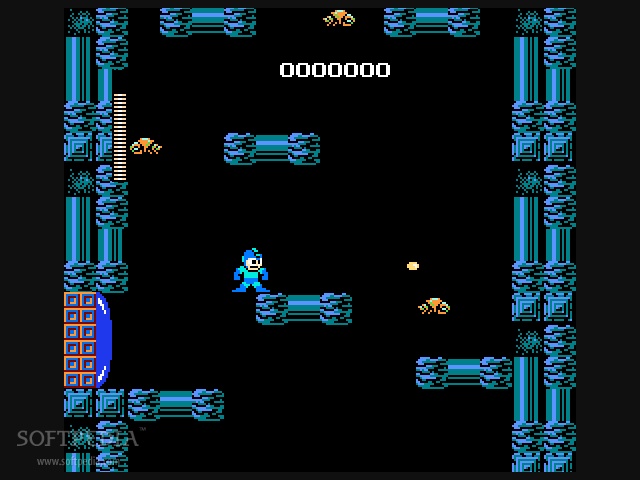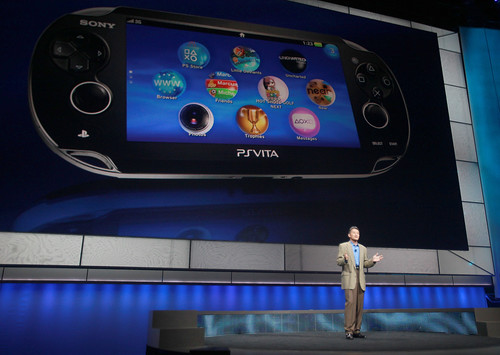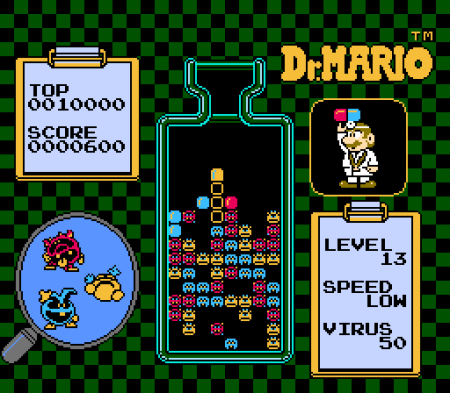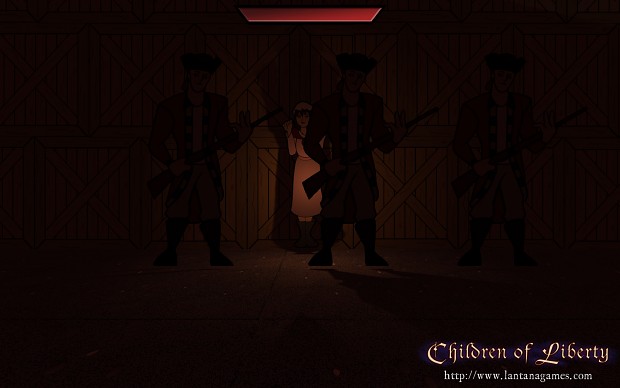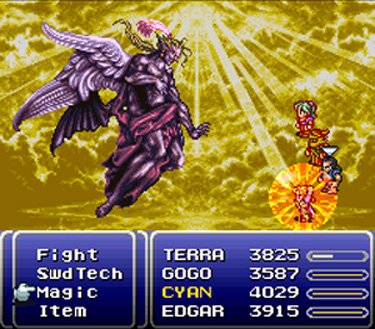Since the mid nineties, the warmth of Summer has shown down upon the PC development world. Windows has been the open platform to develop for. Sorry, Linux, you've just never had the market share. But like the Starks say, Winter is coming, and we must close the Windows lest we freeze to death.
Windows 8 is a closed system and we must all freak out. You won't be able to download applications from Steam or websites, only from the Windows store. Mature applications are banned. Microsoft takes a cut of all app sales. Mice and keyboards are being abandoned. The environment is impossible to navigate. The end of the PC is night! At least, this is what the pundits will tell you.
The one thing everyone is forgetting is that there are two versions of Windows 8: the desktop Intel/AMD compatible 32/64-bit version (x86), and the ARM-based 32-bit version just for tablets (aka Windows RT). ARM processors are the same ones that can be found in Android tablets, and it is this version of the operating system that is causing such a ruckus. It is a closed system, and will only be available as pre-installed software on Windows RT ARM tablets. No OEM will be made available, so if you want to hack it onto your Android tablet you'll have to go through some dark avenues to do so. Software for this version of Windows will only be available through the Windows Store, similar to the Apple App Store or Google Play, and executable programs from that scary place known as "the internet" will not be installable. This version will lack support for legacy applications. Microsoft has also stated that games with a PEGI 16+ or ESRB 17+ rating will not be allowed on the OS.
Then we come to the standard version of Windows 8, the powerhouse for x86 systems, the one for your desktop, laptop, and even eventually tablets (like the super duper version of the Surface Microsoft is putting out next year). Other than the new UI, this is Windows as you know it. It's an open environment, keyboard/mouse based, with all (read: most) of the features you've come to love from Windows over the years. You'll be able to install Steam on this one, so all your M-Rated games will be ready and waiting if they're compatible.
The 64-bit version of Windows 8 should be the standard version everyone is reporting on. Were that the case, though, there'd be no story. The closed nature of the ARM-version is much more compelling from a blogosphere standpoint. People want to read things that confirm their anger. Well, I am here to lay some truth on the situation. The ARM version exists so Windows RT can punch its way into the tablet market while reducing risk and increasing revenue on Microsoft's end. The actual standard version of Windows 8? It's boring. It's a touch-based environment for non-touch-based technology. Microsoft knows that this is not the version that has people excited. In fact, read any blog and it'll say that while people hate using Windows 8 with a mouse, it shines on a tablet. Even I'll admit, I hate the new UI on the XBox 360, but I can tell it would be a whole lot less frustrating if I had a Kinect. What they have created is a superb touch-based environment, but creating an environment that is perfect for both touch-based and mouse-based users is extremely difficult. They're very different inputs.
At the beginning of the Windows 8 development cycle, Microsoft had said that the classic Windows UI would be in there for us dedicated mouse and keyboard users. It had a start menu and everything (even if you had to regedit it in)! A couple months later they took it out, and created a sort of hybrid modern UI/classic UI setup that errs on the side of confusing. To most, it was an odd choice. To me, it made perfect sense. To reiterate my above statement: The standard version of Windows 8 is boring. The tablet version is exciting. They want you to focus on using Windows with tiles, not icons. Unfortunately they didn't quite go all-in on the tile UI, so we'll see how this hybrid setup goes with the general audience.
Microsoft is pushing Windows into the tablet space, but to put all their eggs in one basket so soon after the brilliance that was Windows 7 would be to abandon all their current users. They know they can't do that. They also know that the majority of PC's still are using Windows XP, an operating system that is more than 10 years old, but that gets the job done for schools, libraries, businesses, and the government. Heck, Microsoft isn't ending support for Windows XP until 2014. In order to entice an upgrade, they've priced Windows 8 dirt cheap, but with that upgrade comes a few concessions... to Windows 7 users. To Windows XP users, it'll be a brand new world. So really, the market for Windows 8 consists of people/organizations in need of an upgrade from Windows XP, and people interested in a Windows 8 tablet. Current Windows 7 users will, for the most part, stick with Windows 7. They should stick with it too, as it's only a couple years old, and there is no major piece of underlying technology in Windows 8 that should force the average user into an upgrade. Plus, any developers focusing on desktop applications can still target Windows 7 as their platform and anyone running the x86 version of Windows 8 will be able to run it too, so no worries there.
The only area for Windows 8 that should cause some nervousness is new computers. We all know that the new Dells, HPs, Sonys, etc. will come with Windows 8 preinstalled. This could be frustrating to some users, but I think at this point we should be used to it. Some people still have laptops running Vista. These things happen. If you need a new laptop but the idea of switching to Windows 8 bothers you, you can still buy Windows 7, and you'll be able to for a while. In fact, Windows 7 will probably run amazingly well on Windows 8-focused hardware (unless it's a touchscreen, really), so don't be afraid to downgrade! Microsoft is a good business, so they will probably just nod and say, "We understand. Thanks for your money." Or, if you now officially hate Windows, you can go to Linux and then take it one step further and install Open webOS 1.0 on top of it. It's up to you.
I think what is making the general public nervous is that blog writers are not differentiating between Windows 8 (x86) and Windows RT (ARM). At least, not in the headlines. In doing so, it makes it seem like independent developers will no longer be able to distribute their applications via their own websites, or services like Steam, or play their music on iTunes, or run any legacy apps on any platform on which Windows 8 is installed. This is politics stuff and they need to STOP. In truth, these are the concessions made for Windows RT due to the architecture of ARM processors! Not differentiating between the Windows 8 and Windows RT is nothing more than a scare tactic blog writers are using to make the general public nervous about Windows 8.
"But Dan!" you say, "What about the app store restrictions?" Well, let's think of it like this. The average user on a Windows 8 desktop (x86) goes to check out some Windows 8 games, sees yours, and downloads it. Except, it doesn't run, because it's built for Windows RT. Or vice versa. That divide could cause a lot of consumer confusion and end up with Microsoft being slapped with another anti-trust lawsuit. Make no mistake, Microsoft setting up their own marketplace for apps in Windows RT is a good thing. It protects the consumer, and it protects them. Sure you may not like it, but the underlying technological differences between RT and 8 could cause serious frustration among the average consumer if they didn't (not that they won't have other frustrations). As for the other restrictions... well, at this point, it doesn't matter. Not like you're going to be playing Gears of War on your Microsoft Surface any time soon. Windows RT has an uphill struggle in the war for the tablet market, so that's where Microsoft is is hedging their bets. In order to do so, they need an app store filled with Angry Birds, not with porn. Like I said, the majority of Windows 8 sales will be coming from users looking for an upgrade from Windows XP, and the other half will be coming from the tablet market. New PC's and upgrades from Windows 7 will be a sliver of Windows 8's market share.
In conclusion, what do I think about Windows 8? I'm conflicted, and have been from the start. As a desktop man, it doesn't fit my needs. Windows RT, though, seems exciting at first, and then you see the initial app store restrictions (which would get lifted with time, don't forget). We're yet to see what kind of a market share it will grab, and whether Windows 8 x86 or Windows RT will be more successful. Oh, and once the first tablets with Windows 8, not Windows RT come out? BOOM, there's your legacy support. Some of the Windows may be closed, but others are open as they always were. Winter hasn't come yet.
UPDATE 10/16/2012: Microsoft has revealed the final pricing for Windows 8. Back in July, upgrade pricing was aggressive, as I mentioned in this post, at $40. A price like that would definitely be enticing to the old XP crowd. But now the final pricing has been revealed, and it looks like an upgrade will be $70, with the full version priced at $100-$140, depending on the version. This puts the cost in line with previous versions of Windows.
This confuses me somewhat. As I had mentioned, it seemed like Win8 would be ~$30 cheaper in all departments. The $40 deal would run through January, but I can't find any info on it that's more recent than posts from July. It seems that this deal has changed somewhat. Microsoft's new deal is to upgrade a new Win7 PC to Win8 for just $15 through January. Of course that ends up being a $500+ investment, and once the deals run out, the upgrade cost shoots back up to $70.
Windows 8 could be a harder sell than I had previously predicted. I certainly wouldn't recommend anyone using Windows 7 upgrade to it at those prices. XP or Vista... maybe? But Windows 7 will remain at the same price as Windows 8, or possibly even get a price drop, so I'd say you're better off with that.













